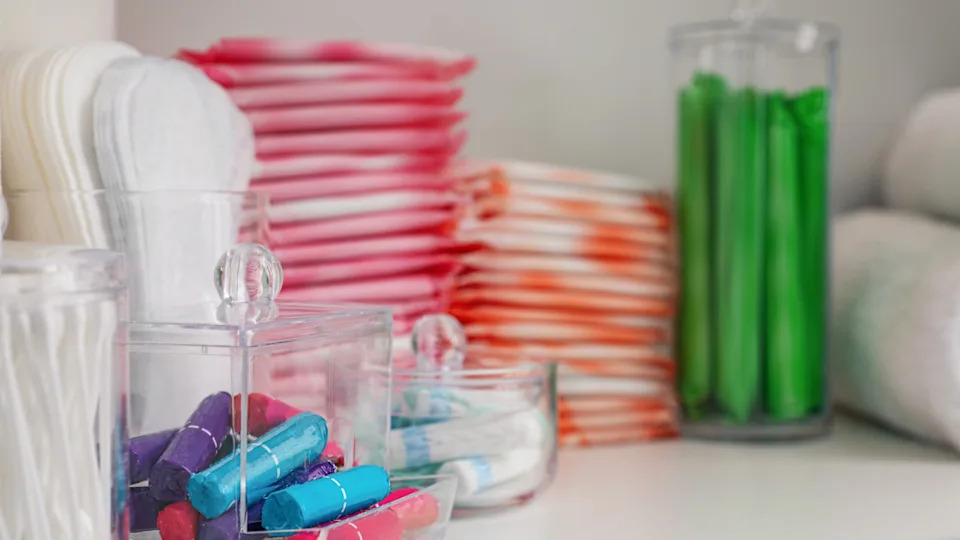Researchers make disturbing discovery after analyzing period products: ‘A significant result that raises awareness’

Researchers in South Korea have discovered a potentially harmful compound along with several types of microplastics in women’s sanitary pads, raising safety concerns.
What’s happening?
The research team analyzed 29 different types of sanitary pads distributed in South Korea and internationally, testing for volatile organic compounds and microplastic content. It also analyzed any harmful effects that substances in the pads could have on people.
Many of the pads tested positive for toluene, a VOC that can be harmful to health if repeatedly exposed to skin or mucous membranes, according to ChosunBiz, which summarized the study. The team also discovered polypropylene-based microplastics in all of the products. Meanwhile, some sanitary napkins showed moderate cytotoxicity, a measure of a substance’s capability to damage or kill cells.
“This study is a significant result that raises awareness about the safety issues of hygiene products based on specific scientific data,” researcher Park Cheon-gwon with Sungkyunkwan University told the news site. “For products that closely adhere to the skin for long periods, transparency of ingredients and verification of safety are essential.”
Why is this study important?
This study builds on concerns about the safety of women’s sanitary products. For instance, one recent United Kingdom-based study found pesticides in tampons. Another study found arsenic and lead in these popular period products.
It also builds upon rising concerns about microplastic exposure. These tiny plastic particles can now be found in our water, food, soil, air, and consumer products, and researchers are worried about the potential impacts on human health since microplastics are known for building up in certain organs and tissues in our bodies. While science is evolving, microplastics have been linked with health concerns such as cancer, dementia, and impaired blood flow in the brain.
What’s being done to make women’s sanitary products safer?
The authors of the recent sanitary-pad analysis noted that levels of toluene were lower than existing industrial safety standards; however, more thorough reviews are necessary to assess skin absorption characteristics and long-term use scenarios.
However, a number of U.S. states have either enacted or plan to enact regulations that aim to make women’s sanitary products safer. The Environmental Working Group summarizes a few of these initiatives, several of which include banning the intentional addition of “forever chemicals” in menstrual products. EWG also recommends that consumers take actions such as opting for menstrual cups, avoiding scented products, and contacting brands to see what ingredients they use.
When it comes to microplastics, it’s difficult to avoid them completely, but cutting our use of plastics can help reduce the amount of new microplastics that enter the environment. You can help out by opting for products like shampoo bars instead of bottled versions or carrying a reusable water bottle with you.
Join our free newsletter for weekly updates on the latest innovations improving our lives and shaping our future, and don’t miss this cool list of easy ways to help yourself while helping the planet.


